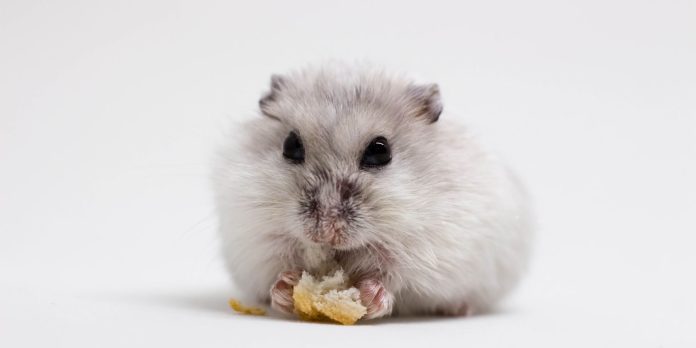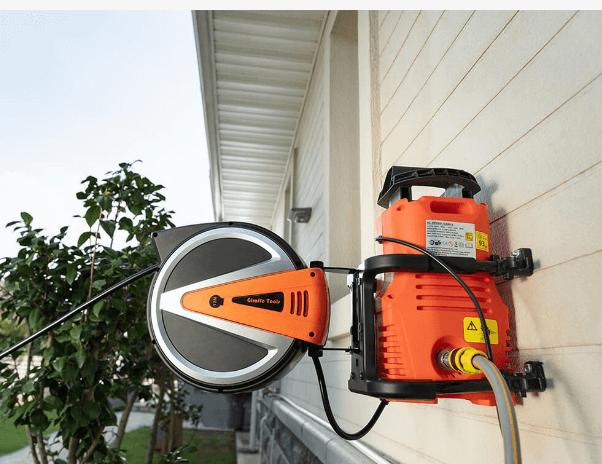Maintaining a clean and hygienic environment is essential for your hamster’s health and happiness. Cleaning your hamster cage regularly not only ensures a pleasant living space for your pet but also prevents health issues related to poor hygiene. This guide provides a step-by-step approach to effectively cleaning your hamster’s cage.
Understanding the Importance of a Clean Cage
A clean hamster cage is vital for preventing the buildup of harmful bacteria and parasites, which can lead to health problems in hamsters.
The Role of Regular Cleaning
Health and Comfort: Regular cleaning keeps the cage free of odors and waste, contributing to your hamster’s overall well-being.
Disease Prevention: It also reduces the risk of diseases caused by unsanitary conditions.
Frequency of Cleaning
Spot Cleaning: Daily removal of soiled bedding and food waste is recommended.
Full Cleaning: A complete clean of the cage should be done weekly.
Preparing for Cage Cleaning
Before you begin cleaning, it’s important to have everything you need and ensure your hamster is safely housed during the process.
Gathering Cleaning Supplies
Safe Cleaners: Use pet-safe disinfectants or a mixture of water and vinegar for cleaning. Avoid harsh chemicals.
Cleaning Tools: Have a sponge or cloth, scrub brush, and gloves ready.
Securing Your Hamster
Temporary Housing: Place your hamster in a secure, temporary container or an alternate cage while you clean their main cage.
Step-by-Step Cleaning Process
Thorough cleaning involves several steps to ensure every part of the cage is properly sanitized.
Removing and Disposing of Old Bedding
Clear Out Bedding: Remove all the bedding and dispose of it properly. Bedding should not be reused as it can harbor bacteria.
Cleaning the Cage and Accessories
Wash the Cage: Scrub the cage with your cleaning solution, ensuring it reaches all corners and crevices.
Accessories: Clean all accessories, including food bowls, water bottles, toys, and wheels.
Rinsing and Drying
Thorough Rinsing: Rinse the cage and accessories thoroughly to remove any cleaning solution residues.
Complete Drying: Make sure everything is completely dry before adding new bedding. Damp environments can breed bacteria and mold.
Reassembling the Cage
Once the cage and accessories are clean and dry, it’s time to put everything back together.
Adding Fresh Bedding
Layer of Bedding: Spread a fresh layer of bedding evenly across the bottom of the cage. The depth should be enough for your hamster to burrow.
Arranging Accessories
Comfortable Layout: Place the accessories back in the cage, considering the comfort and enrichment of your hamster. Ensure there’s ample space for them to move around.
After Cleaning Care
Post-cleaning care is essential for maintaining a clean cage and ensuring the comfort of your hamster.
Monitoring Your Hamster
Adjustment: Observe your hamster after returning them to the clean cage to ensure they are adjusting well.
Stress Reduction: Cleaning can be stressful for hamsters, so provide them with treats and comfort to help them relax.
Maintaining Cleanliness
Regular Spot Cleaning: Continue with daily spot cleaning to keep the cage tidy.
Schedule Regular Full Cleanings: Stick to a regular schedule for full cage cleanings.
Conclusion
Cleaning your hamster’s cage is a critical part of pet care. By following this step-by-step guide, you can provide a clean, healthy, and comfortable living environment in the hamster cage. Regular cleaning not only ensures the wellbeing of your pet but also makes the cage a more pleasant part of your home.









